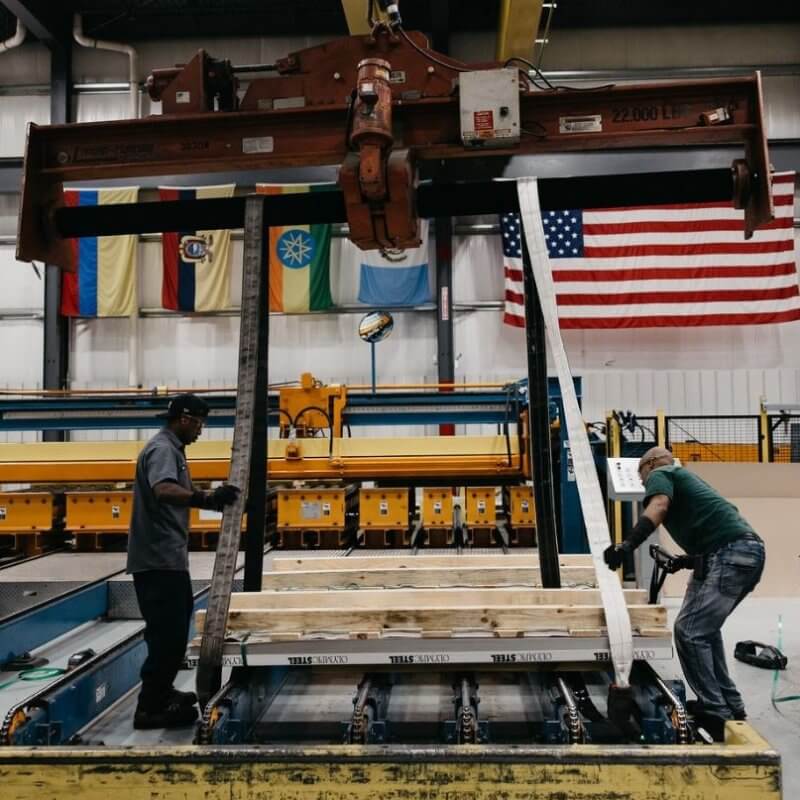
Three Techniques to Minimize the Risk of Pinch Points
October Hand Safety tips to help us minimize the risks associated with picking, moving or setting loads.
Many occupational injuries have occurred due to improper hand placement while moving heavy loads with crane equipment. This is because we can create pinch points while picking, moving or setting loads.
Consider using these three techniques to help reduce or eliminate the risk of pinch point injuries:
- GOOD – Flat Palm Technique: When you must touch a load while picking, moving or setting material, wear the proper PPE and only contact the load with the flat palm of your hand. Do not place your hand between bundles of material, specially, on top of a stack of material where another stack is about to be placed.
- BETTER – No-Touch Tool Technique: There are a wide variety of no touch tools to help you maneuver rigging equipment and the load while maintaining a safe distance. Rigid taglines (metal rod with a hook attached to the end to put distance between a person and the object being moved), master links (a large link of chain with a handle keeps fingers/hands out of the way when moving the link onto the crane hook) and a chain wrap/sling covers the links to eliminate the pinch points between the links.
- BEST
– Hands Off Technique: Crane manufacturers recommend that you never touch a load. Lifting attachments such as sheet lifters, vacuum lifts and c-hooks must be equipped with handles to allow space between the Operator and the load. Never grasp any other part of the lifting attachment while in use!
To manage safety risks, anyone moving material should use the SLAM (Stop – Look – Analyze – Manage) technique for infrequent or non-routine lifts. And remember, communication between Operators and Helpers is CRITICAL! Talk through the lifts and ask questions. Be sure you know the weight of the load and the lifting/rigging attachments. And review those important details PRIOR TO moving the material.
Questions?
Reach out to Tony Dominic, Director – Safety, Health, Environment, or your local safety representative with your division-specific questions.
Safety First. Always. And, it starts with me.
